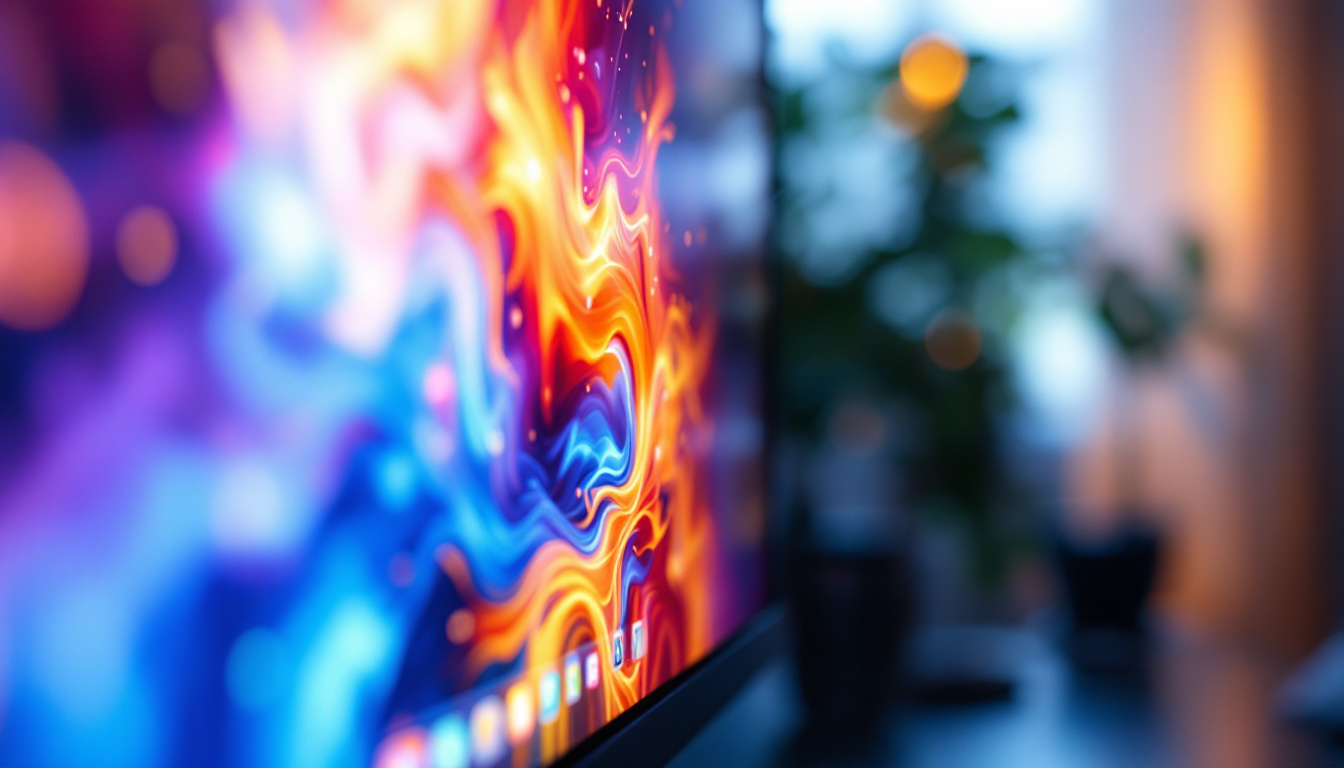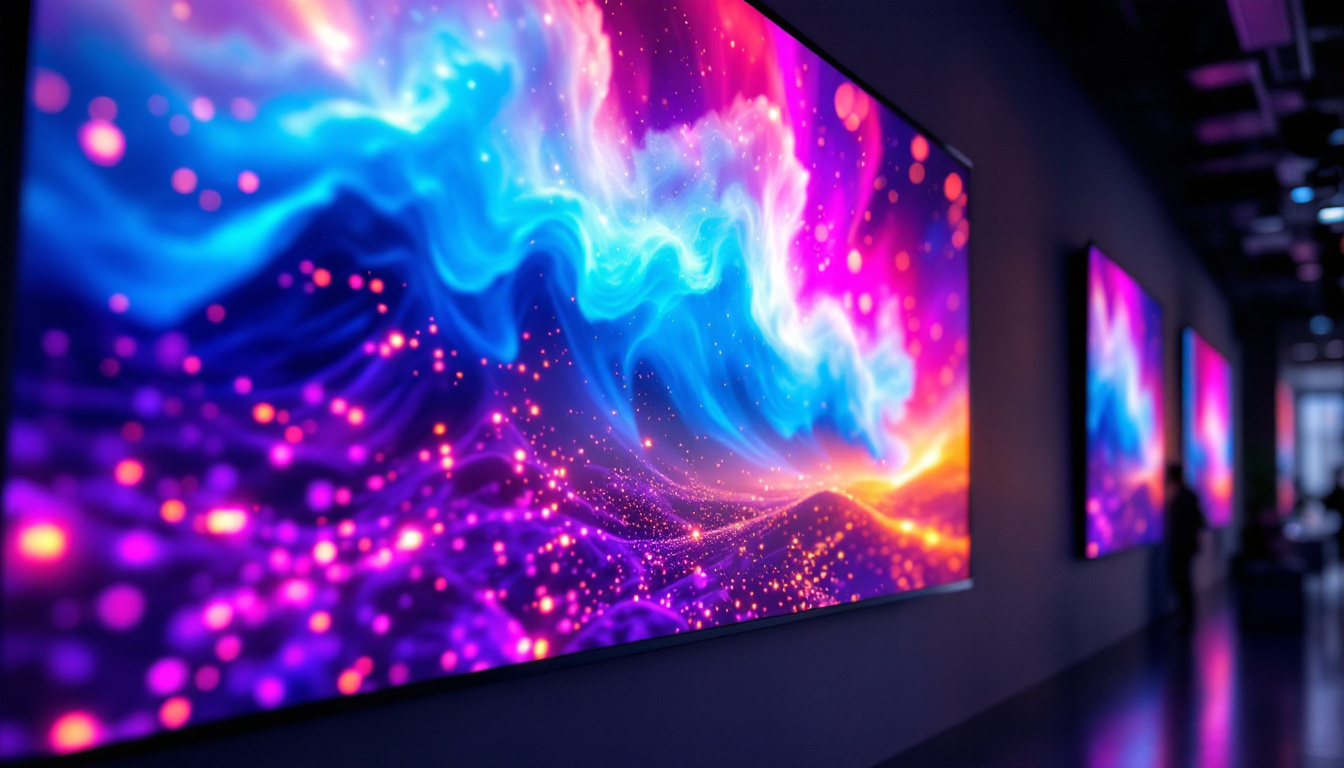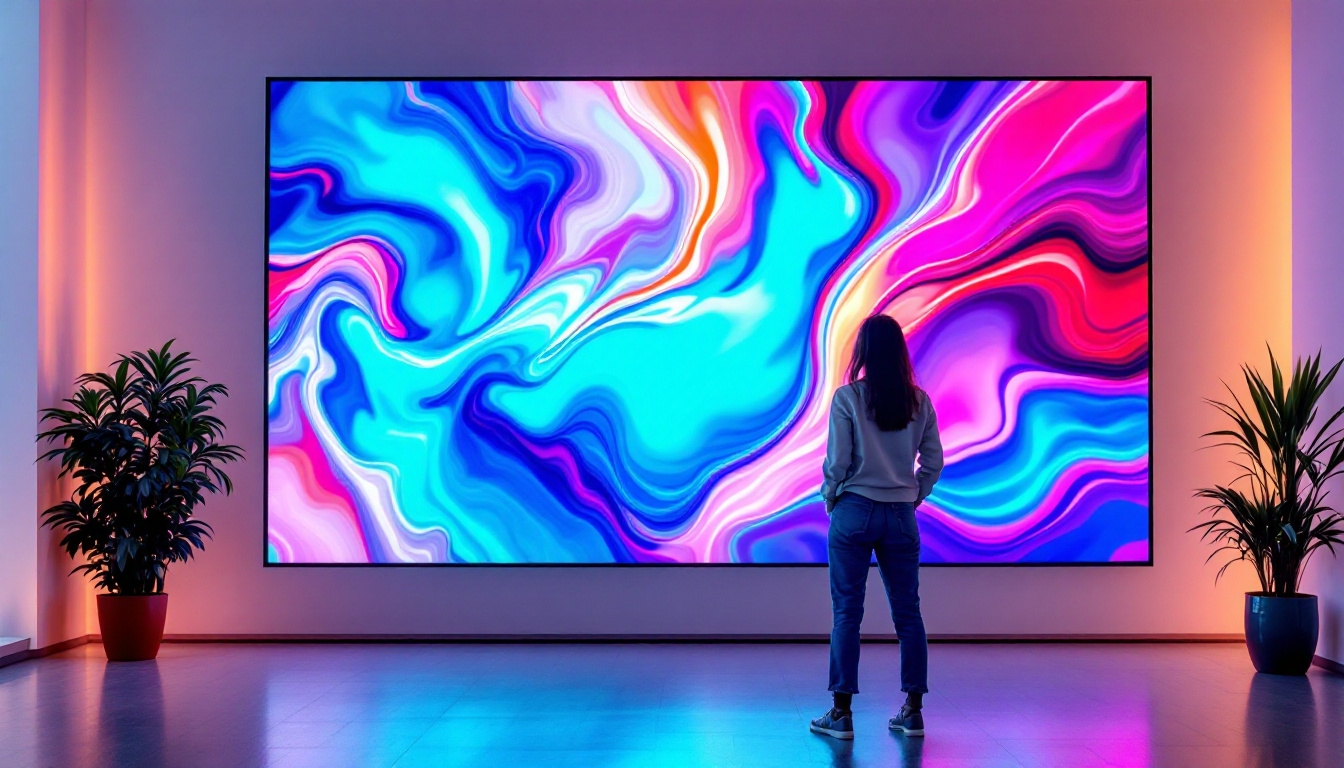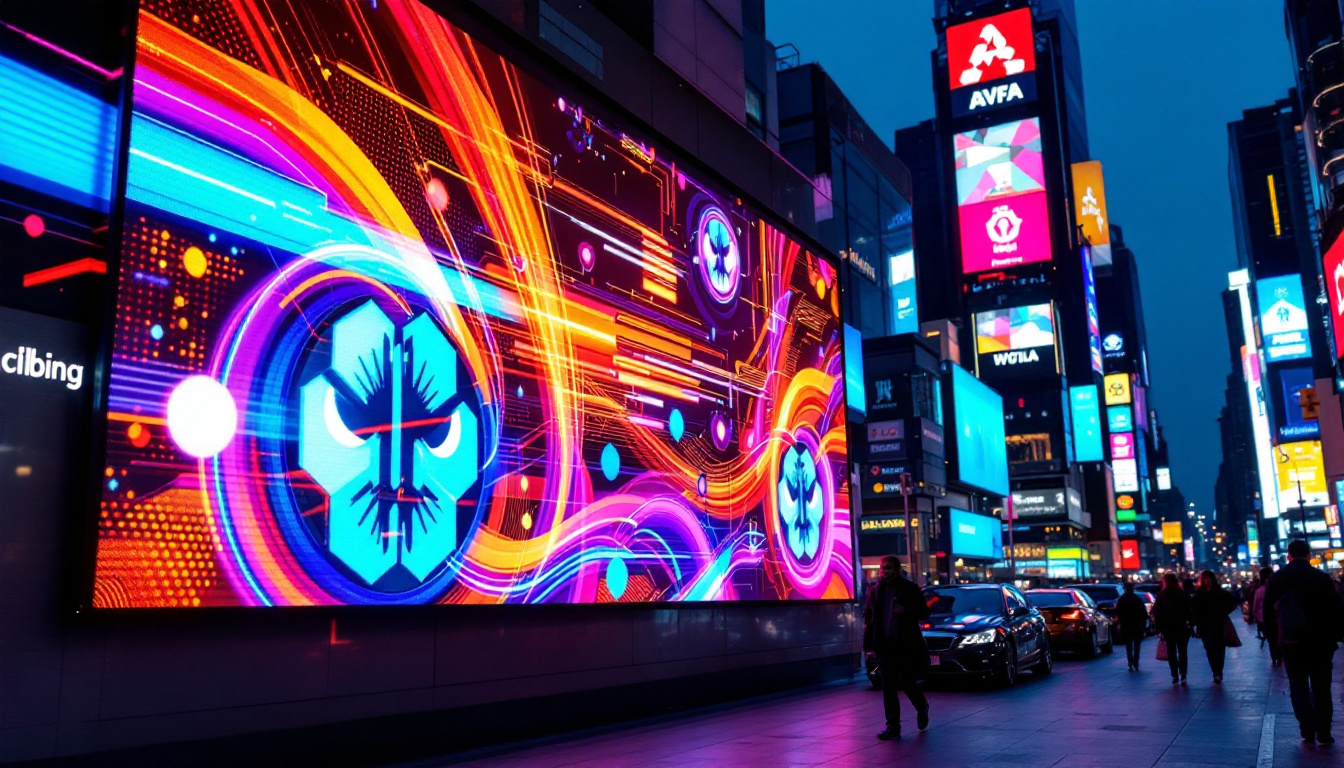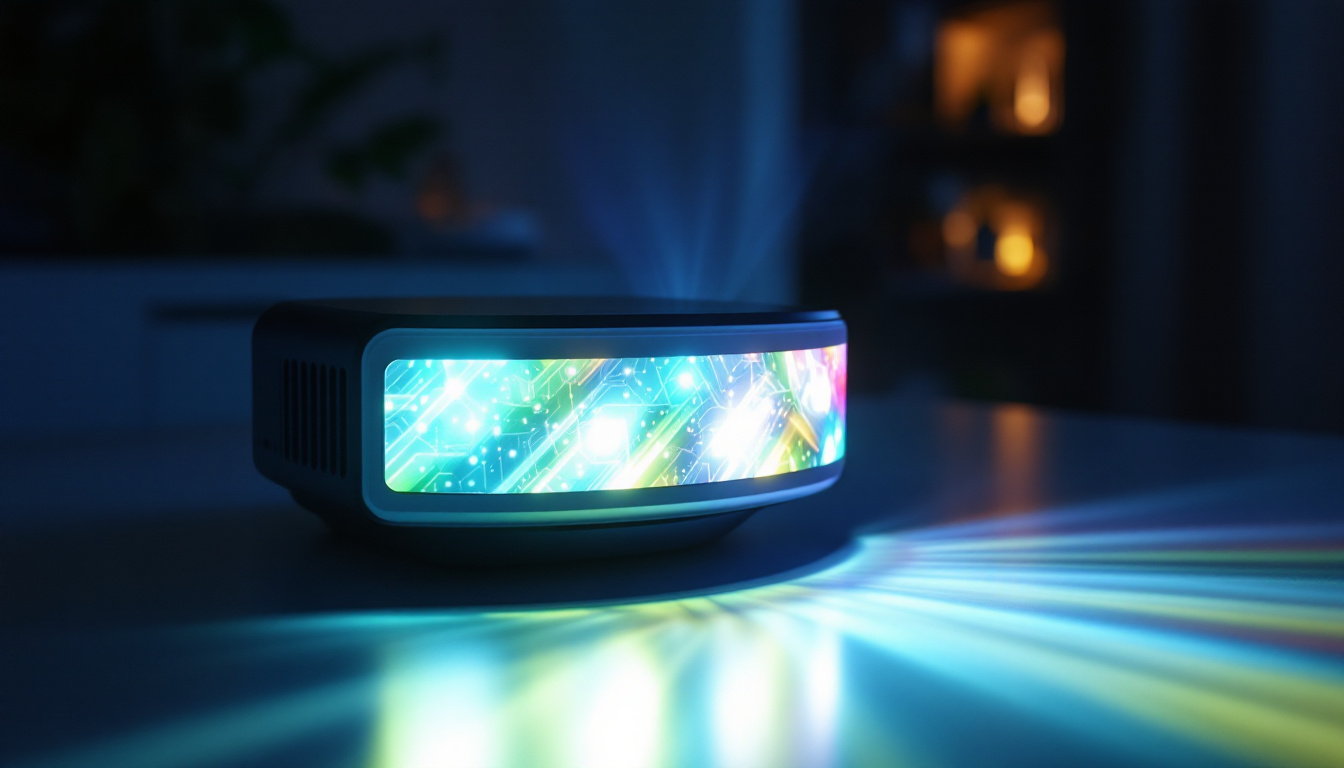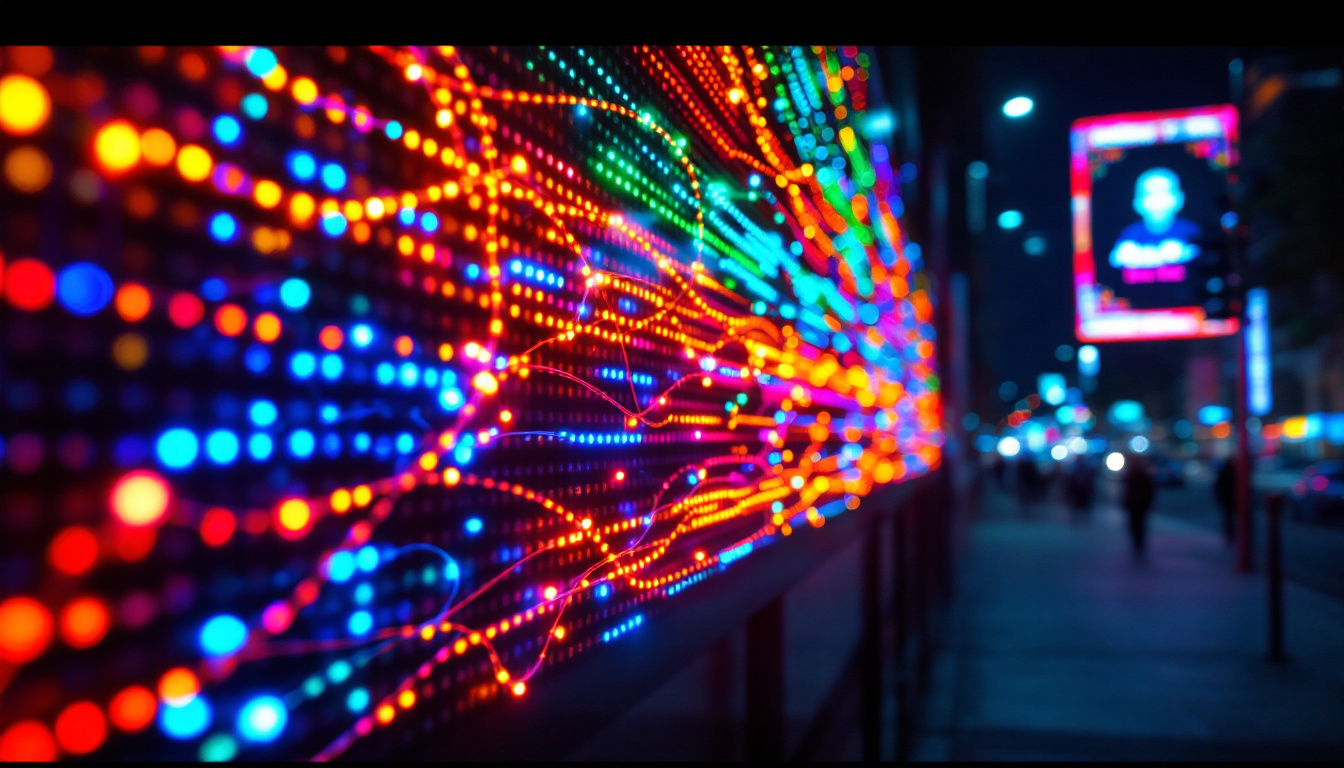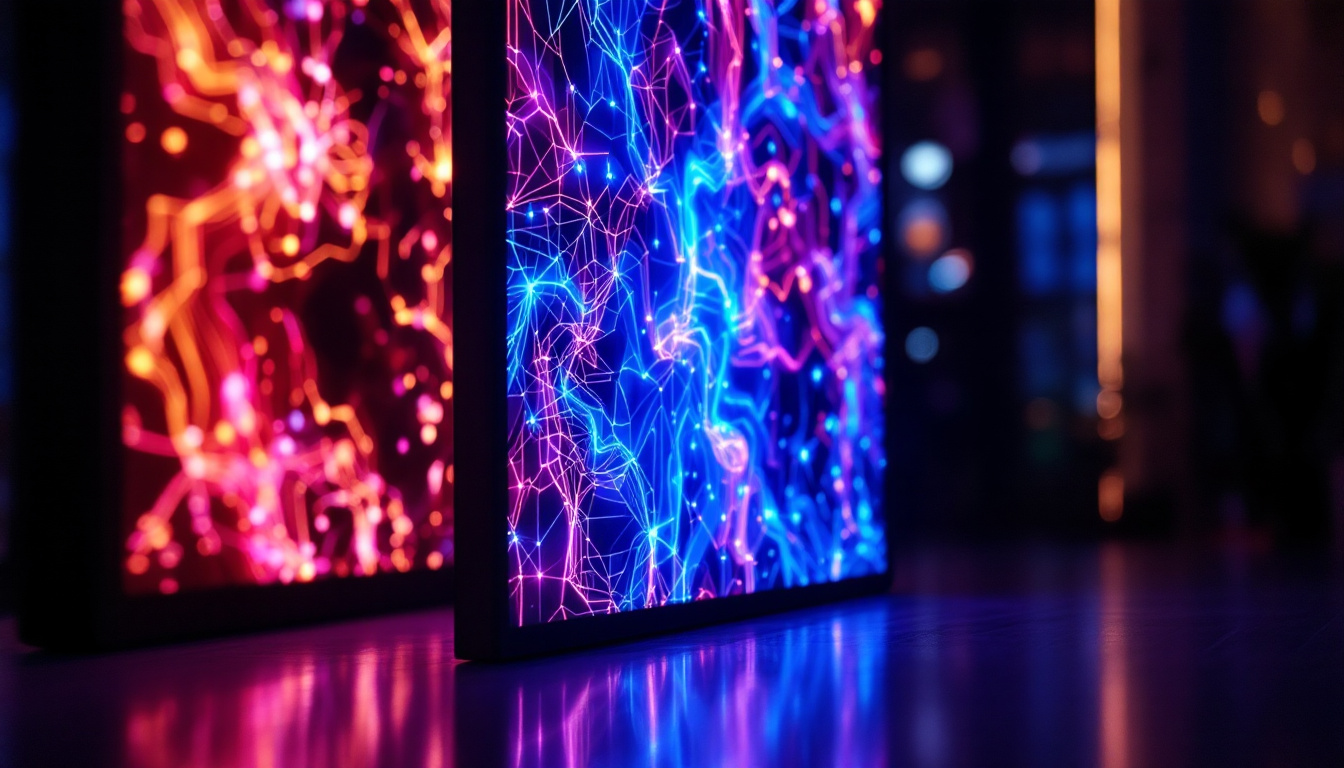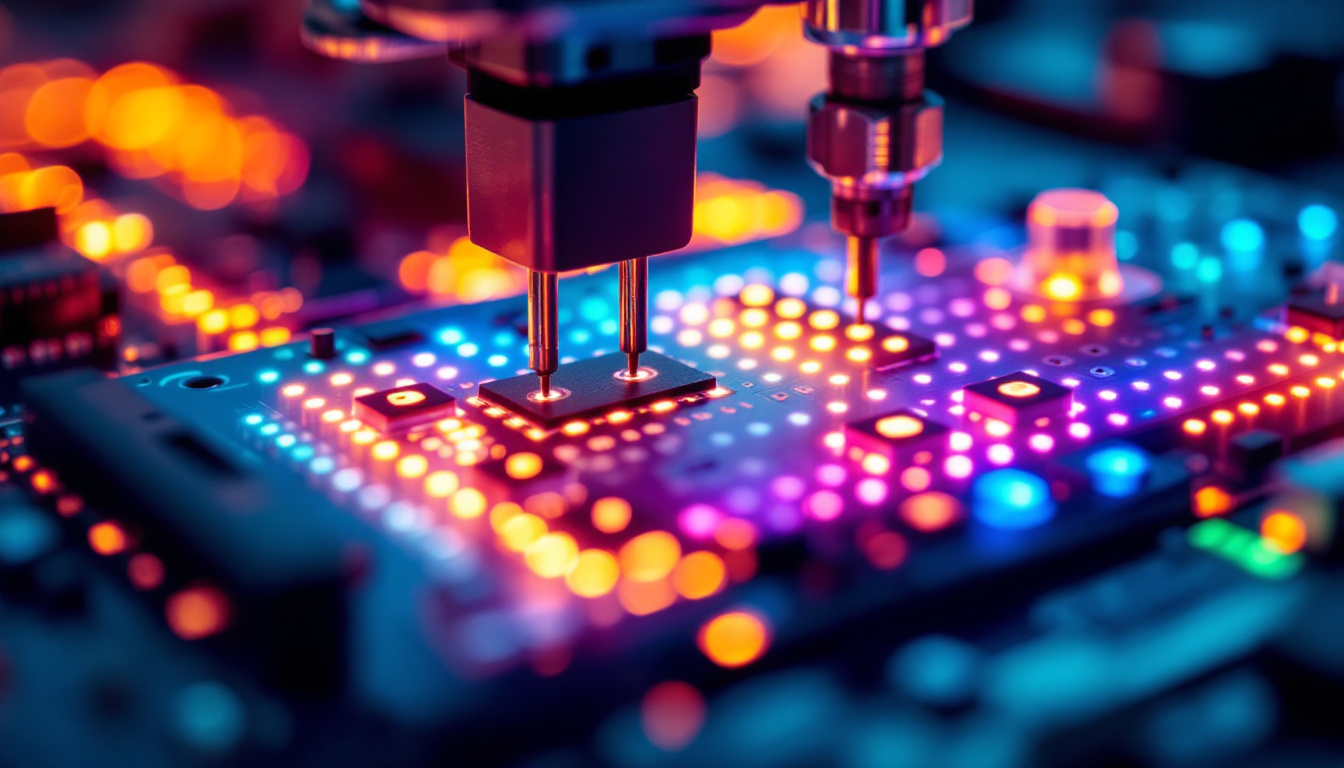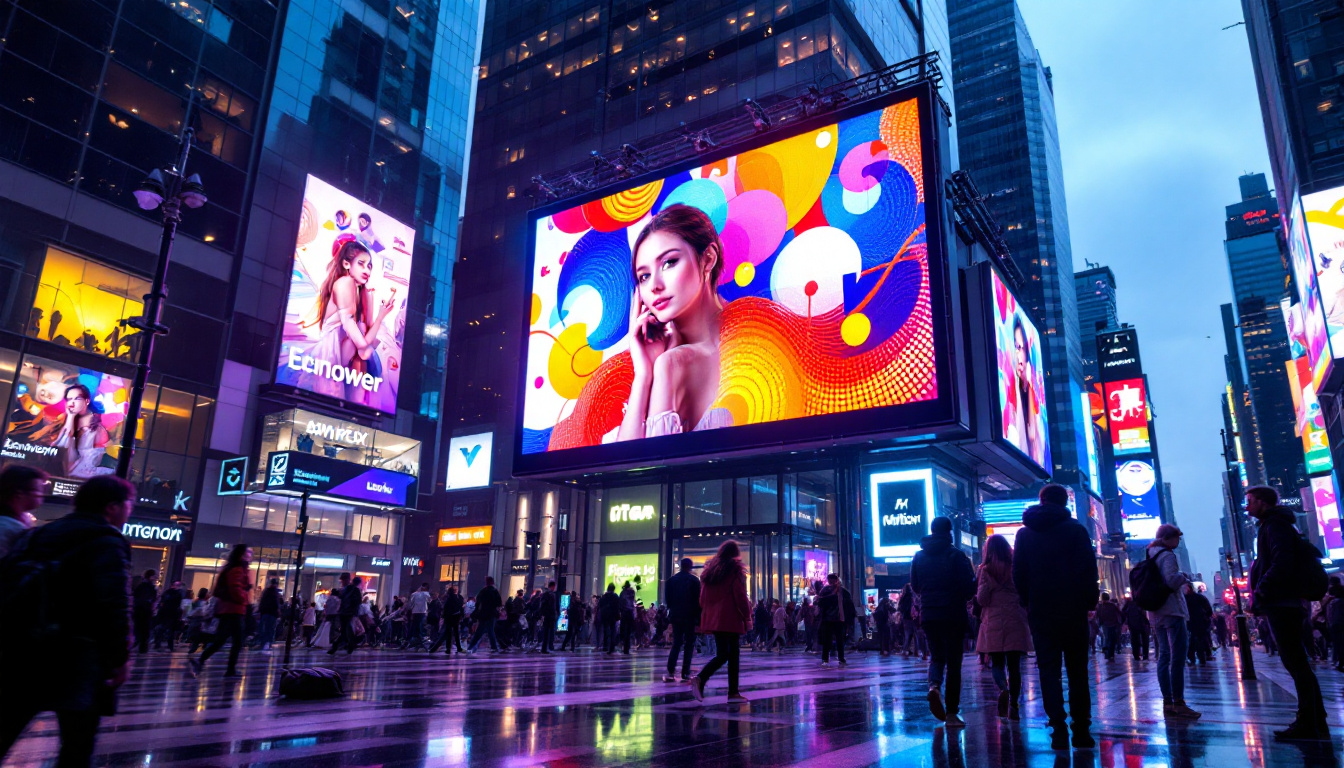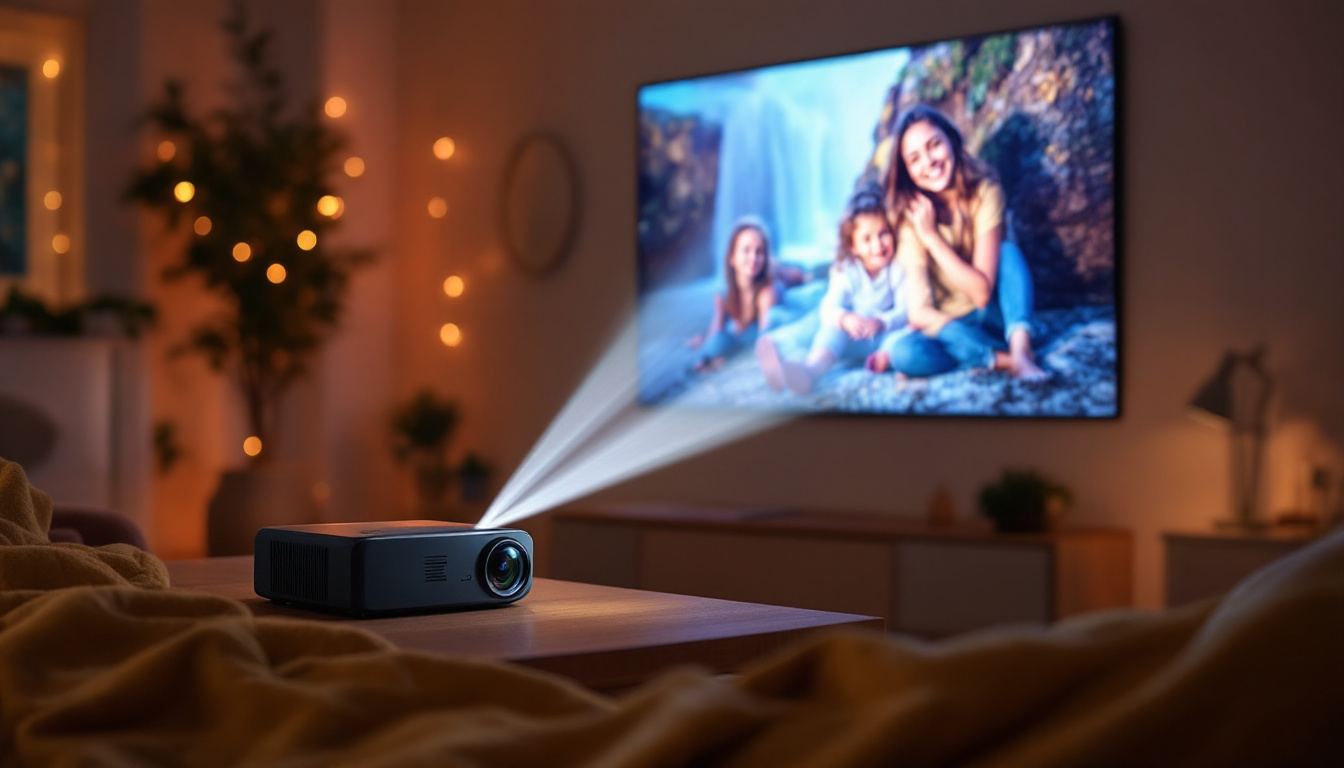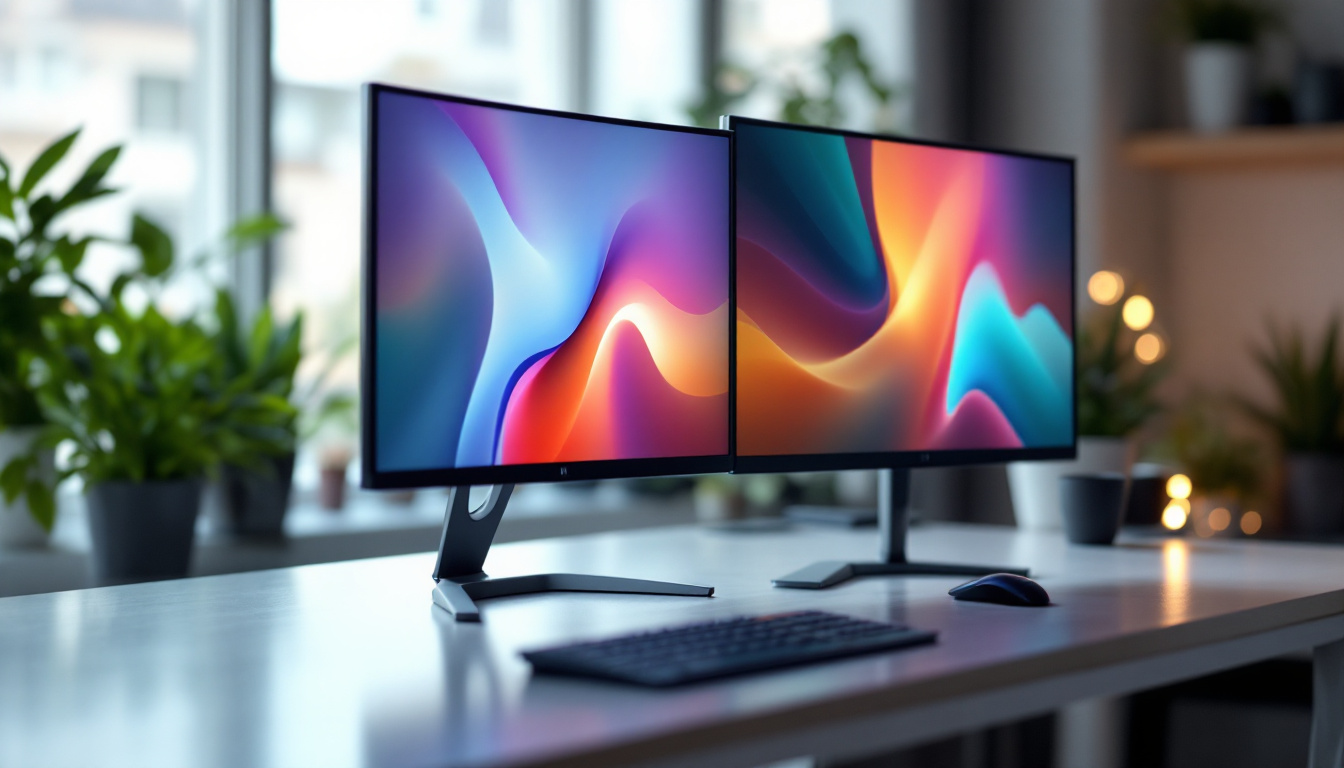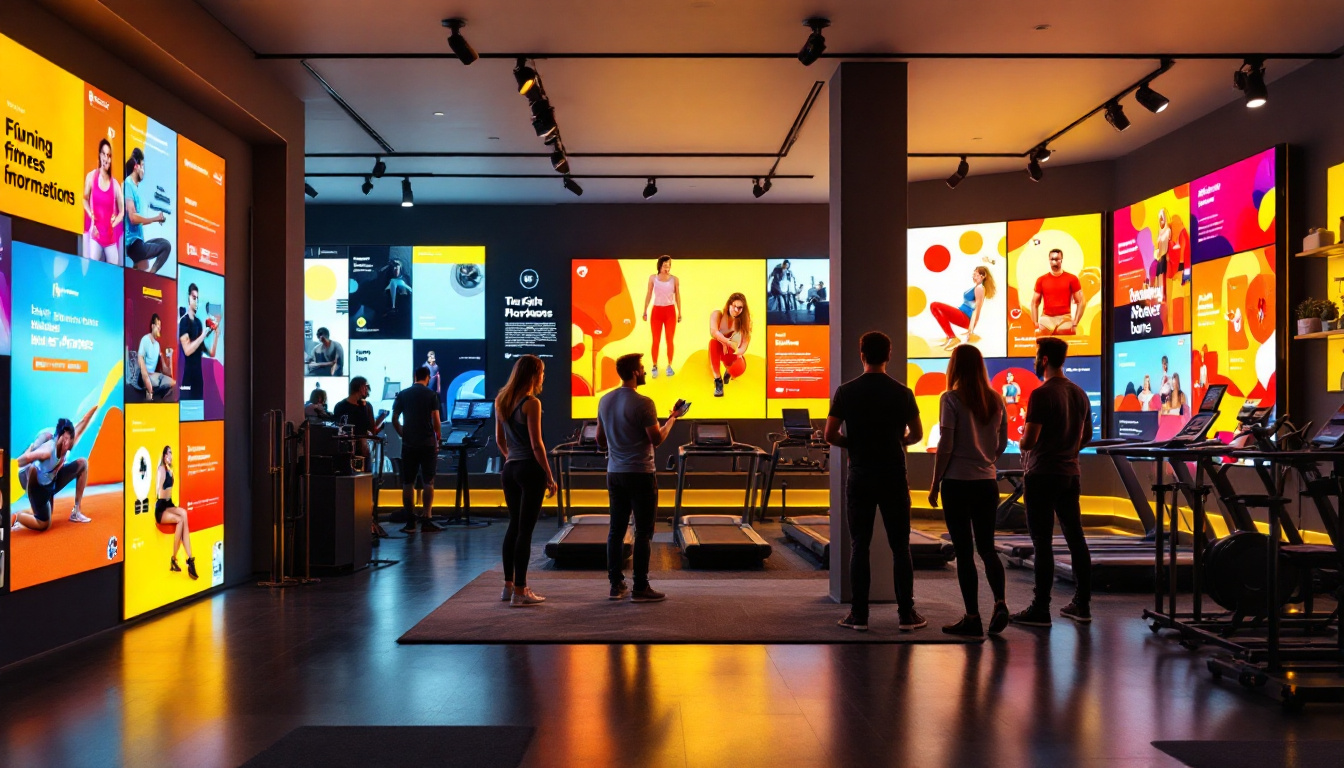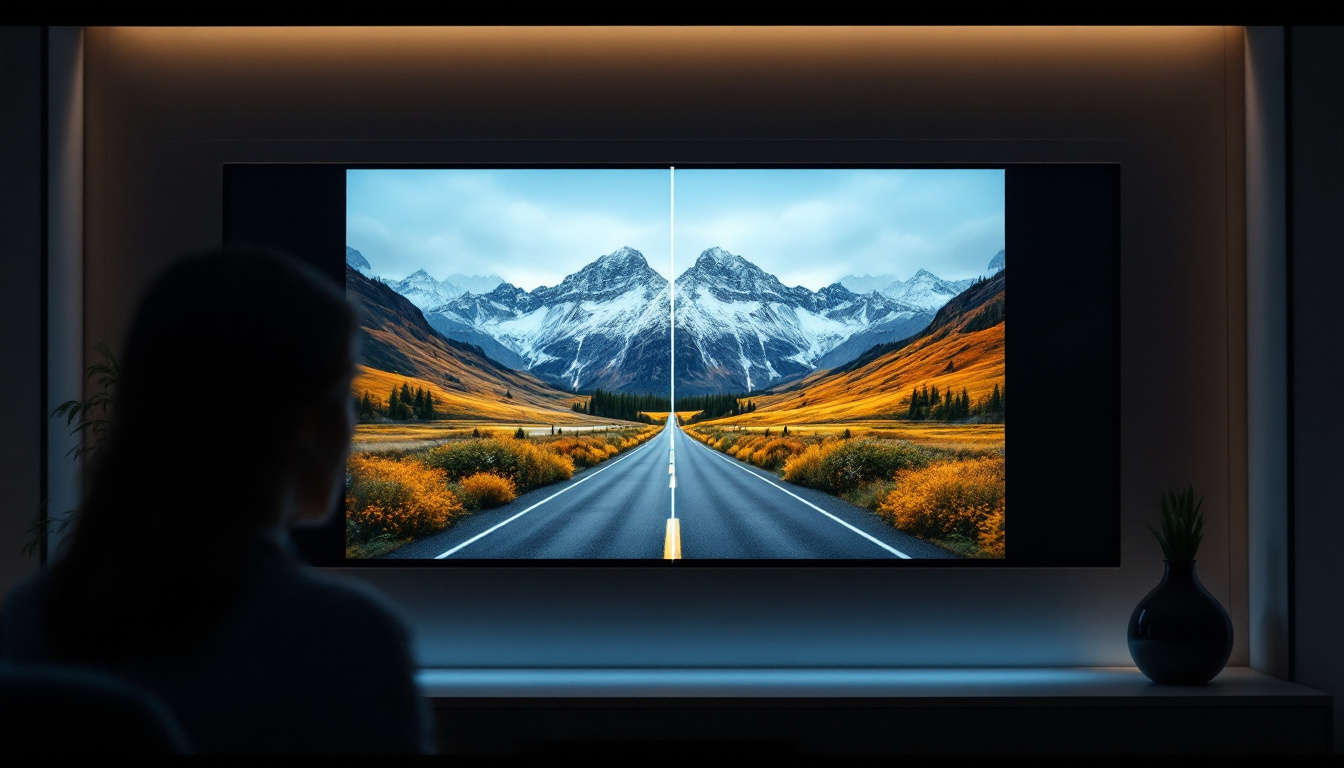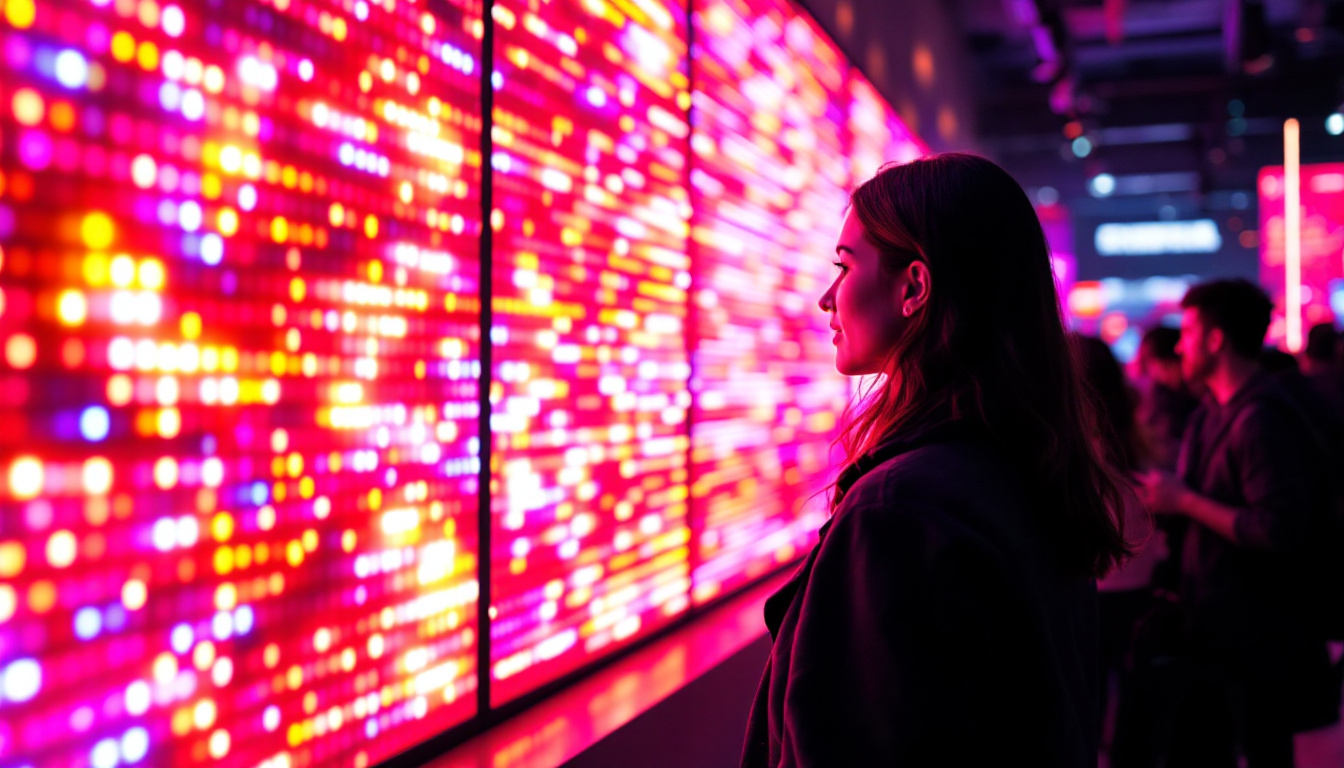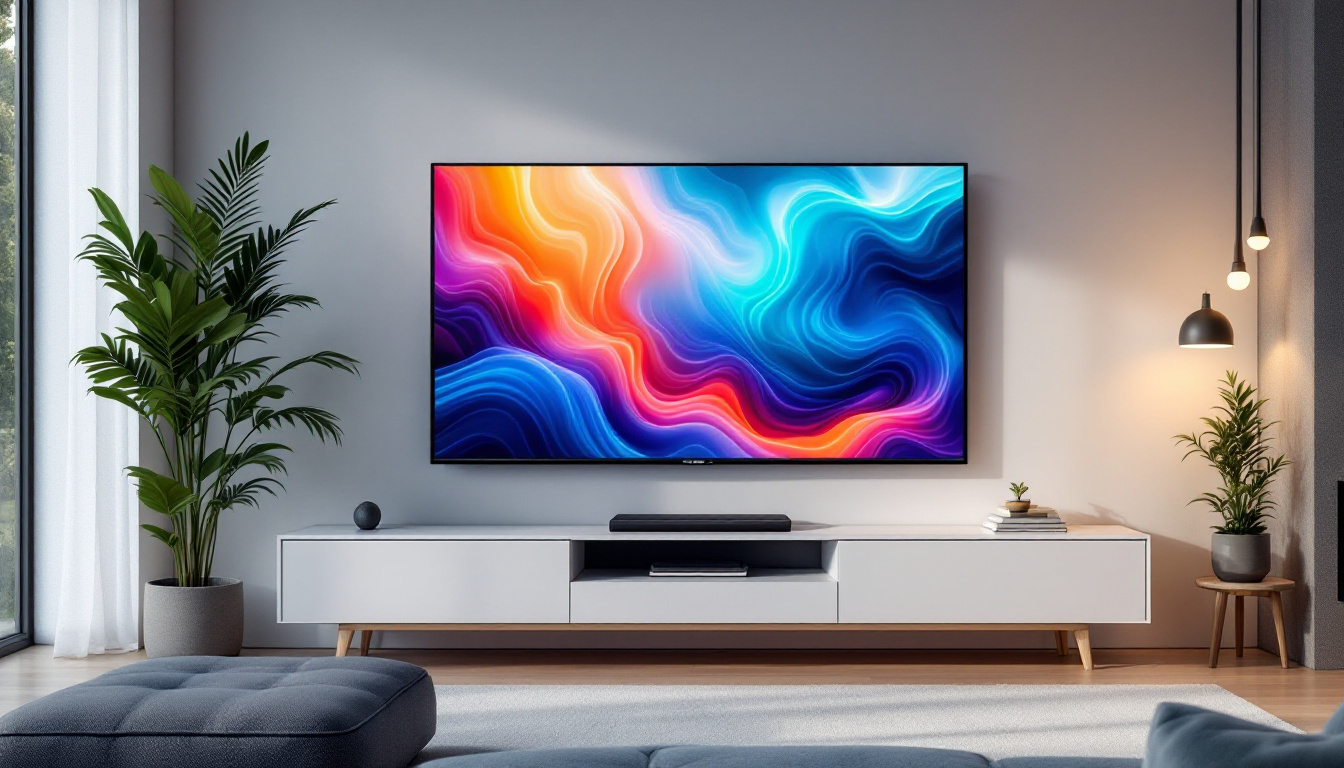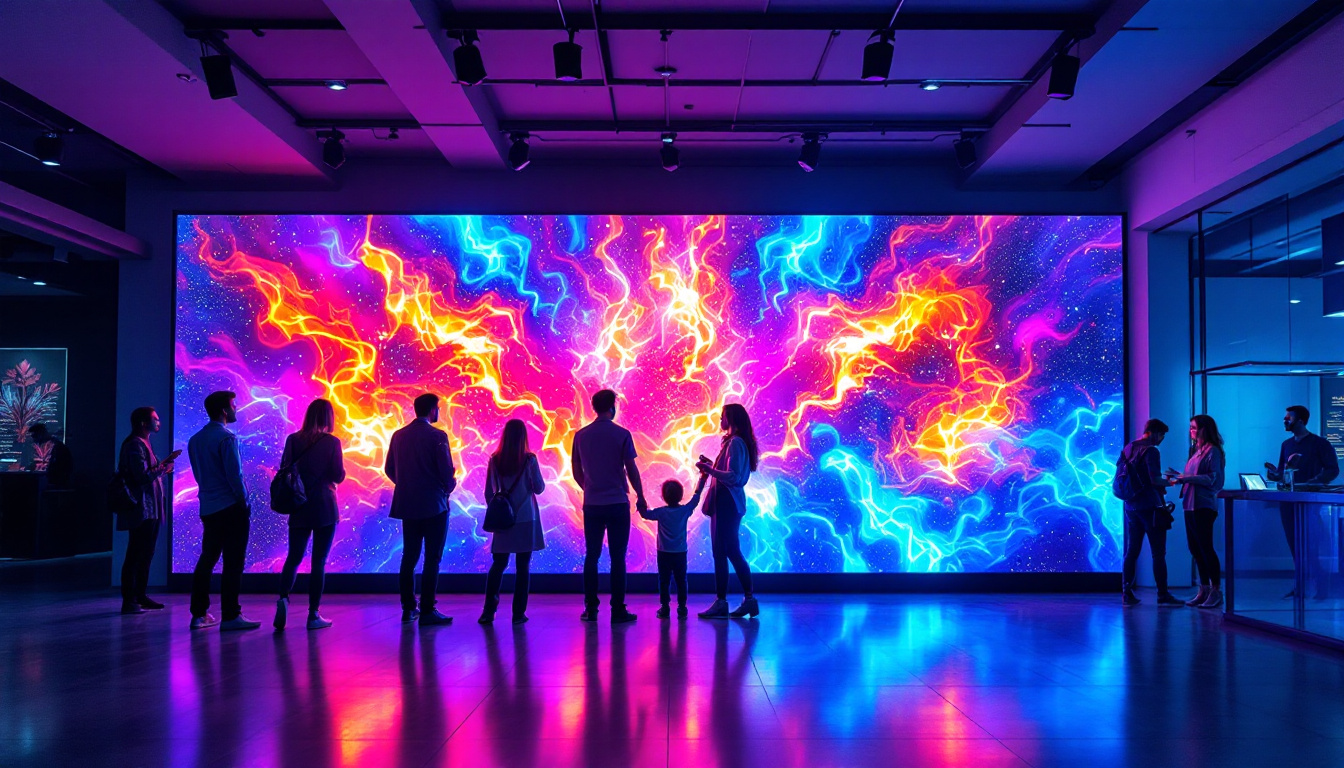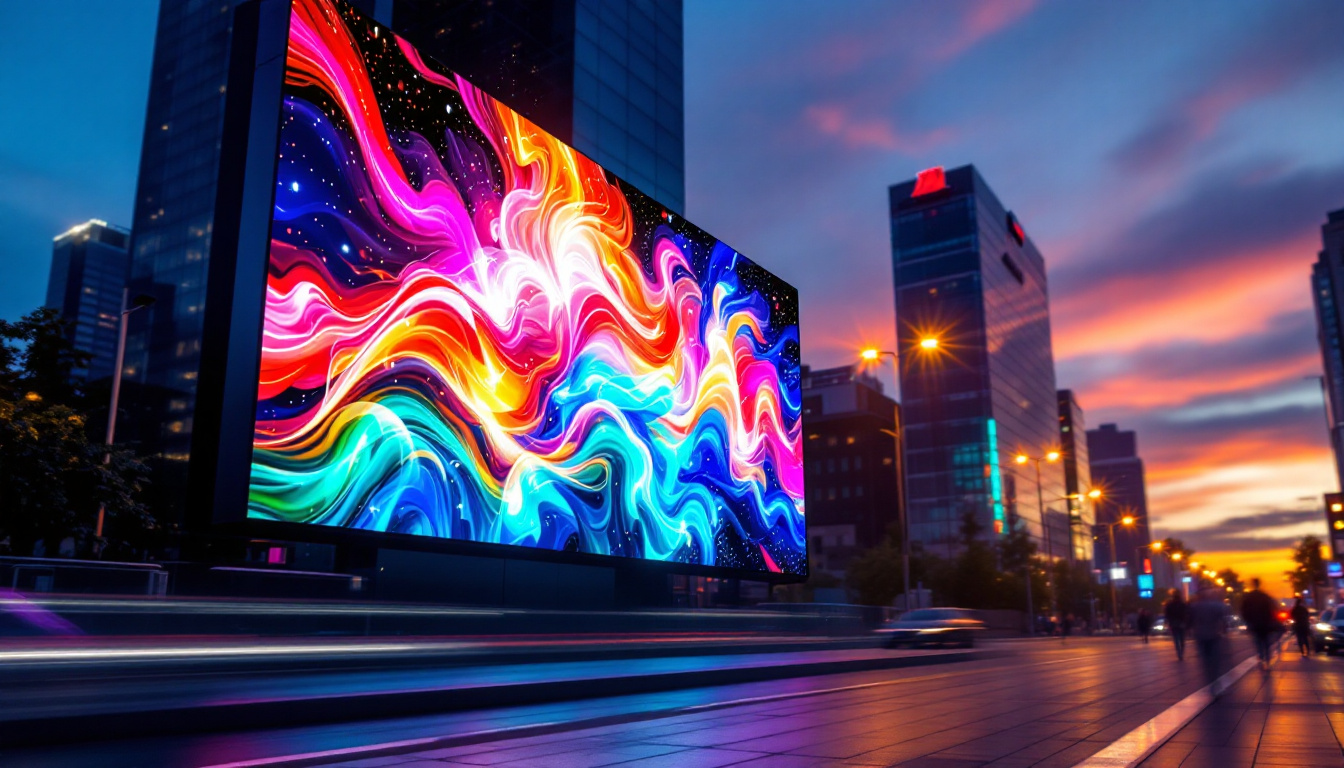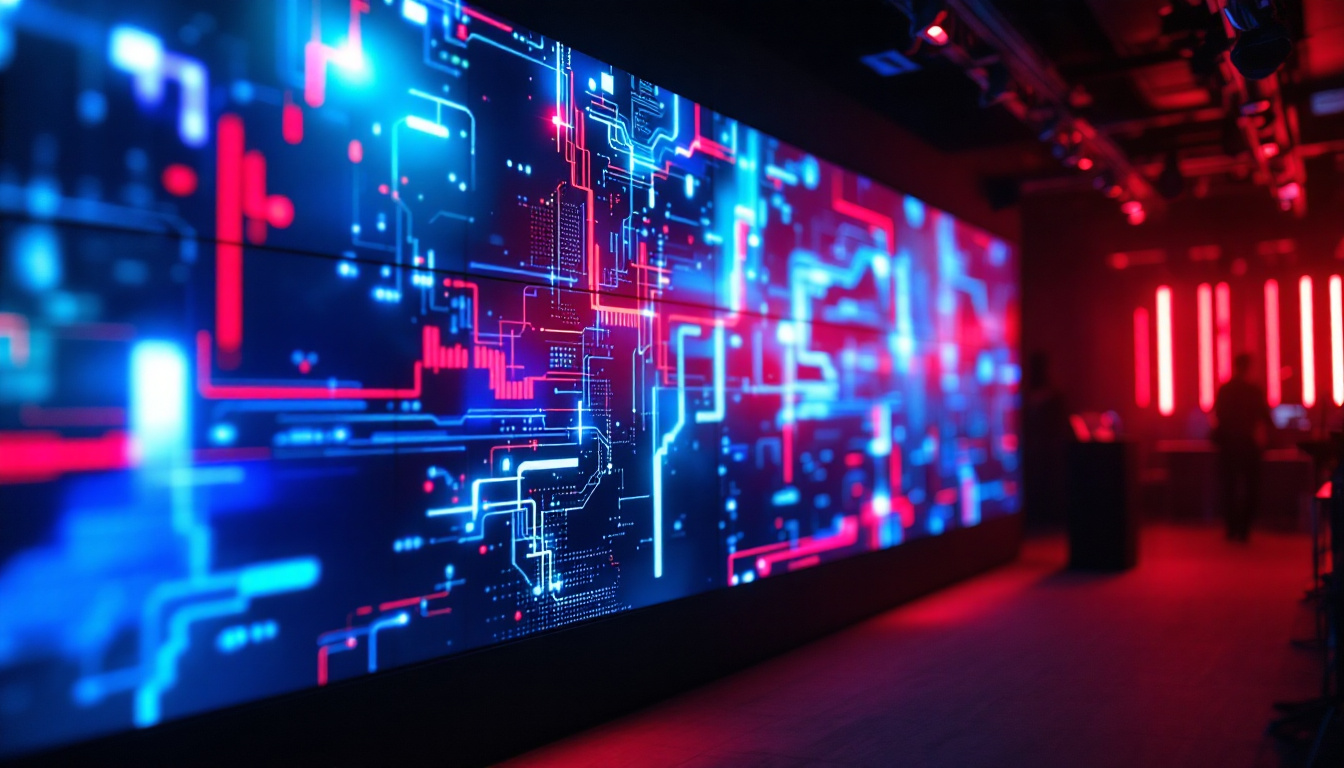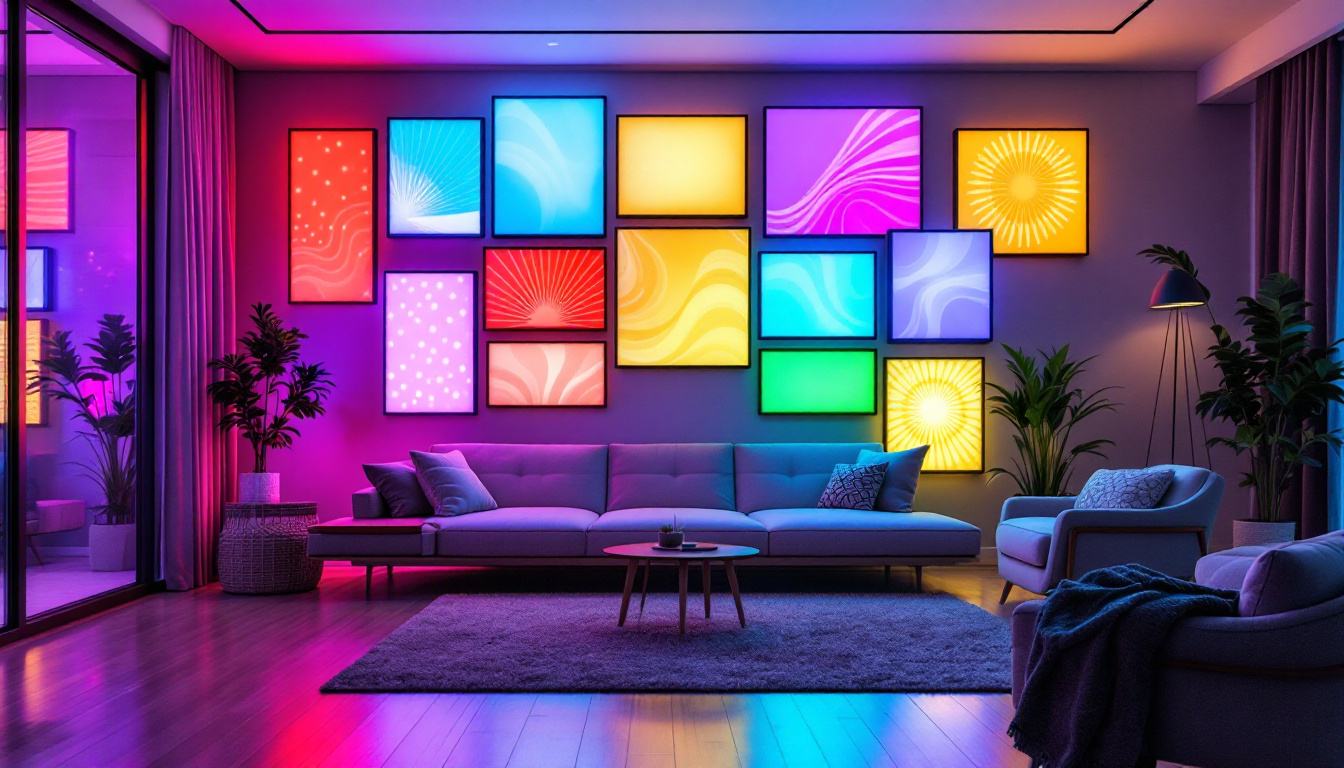In the realm of technology, the evolution of display technologies has been nothing short of remarkable. Among these advancements, LED displays have emerged as a popular choice for various applications, from personal computers to large-scale advertising screens. This article delves into the specifics of a 110 monitor with LED display technology, exploring its features, advantages, and the science behind its operation.
Understanding LED Technology
LED, or Light Emitting Diode, technology has transformed the way visuals are presented. Unlike traditional cathode-ray tube (CRT) monitors, LED displays utilize a series of diodes that emit light when an electric current passes through them. This fundamental difference leads to numerous benefits in terms of performance, energy efficiency, and overall user experience.
The Basics of LED Displays
At its core, an LED display consists of a matrix of tiny light-emitting diodes. These diodes can produce various colors by combining red, green, and blue light. The arrangement and control of these diodes allow for the creation of vibrant images and videos. In the case of a 110 monitor, the screen size typically measures 110 inches diagonally, making it suitable for both personal and professional use.
LED displays can be categorized into two main types: direct-lit and edge-lit. Direct-lit LED displays have LEDs positioned directly behind the screen, providing uniform brightness across the entire display. In contrast, edge-lit displays have LEDs located along the edges of the screen, which can lead to variations in brightness and color accuracy. Understanding these differences is crucial when selecting a monitor for specific needs. Additionally, the choice between these types can significantly impact the viewing experience, especially in environments with varying lighting conditions, where uniform brightness can enhance visibility and reduce eye strain.
How LED Displays Work
The operation of an LED display is grounded in the principles of light emission and color mixing. When an electric current flows through the diodes, they emit light. The intensity and color of this light can be manipulated by adjusting the current. This capability allows for the dynamic rendering of images and videos, making LED displays ideal for a wide range of applications.
Moreover, LED displays often incorporate additional technologies, such as liquid crystal display (LCD) panels, to enhance image quality. In these hybrid systems, the LCD panel controls the light emitted by the LEDs, resulting in sharper images and better color reproduction. This combination is particularly beneficial for larger monitors, such as the 110 model, where image clarity is paramount. Furthermore, advancements in LED technology have led to the development of OLED (Organic LED) displays, which offer even deeper blacks and a wider color gamut, further enhancing the viewing experience. These innovations have made LED technology not only a staple in consumer electronics but also a preferred choice in professional settings, such as broadcasting and digital signage, where image quality and color accuracy are critical.
Advantages of LED Displays
LED displays offer numerous advantages over traditional display technologies, making them a preferred choice for many users. From energy efficiency to superior image quality, the benefits are compelling.
Energy Efficiency
One of the most significant advantages of LED displays is their energy efficiency. Compared to CRT and even some LCD technologies, LED displays consume considerably less power. This efficiency not only translates to lower electricity bills but also contributes to a reduced carbon footprint, making LED technology an environmentally friendly choice.
Furthermore, many modern LED monitors come with features like automatic brightness adjustment, which optimizes power consumption based on ambient light conditions. This smart technology ensures that the display uses only the energy it needs, further enhancing its efficiency. In addition to these features, LED displays often incorporate energy-saving modes that can be activated during periods of inactivity, providing users with even more ways to minimize energy consumption without sacrificing performance.
Superior Image Quality
When it comes to image quality, LED displays excel in several areas. They offer higher brightness levels, better contrast ratios, and a wider color gamut compared to traditional displays. This means that images appear more vibrant, with deeper blacks and brighter whites, providing a more immersive viewing experience.
Additionally, LED displays have faster response times, which is particularly beneficial for gaming and fast-paced video content. The reduced motion blur ensures that users can enjoy a smooth and fluid visual experience, making these monitors ideal for both entertainment and professional applications. The improved viewing angles of LED technology also allow for a consistent image quality from various perspectives, making them suitable for collaborative environments where multiple viewers may be watching from different positions.
Longevity and Durability
LED displays are known for their longevity and durability. With a typical lifespan ranging from 30,000 to 50,000 hours, they outlast many other display technologies. This extended lifespan reduces the need for frequent replacements, making LED monitors a cost-effective choice in the long run.
The robust construction of LED displays also contributes to their durability. Unlike fragile CRTs, LED monitors are less susceptible to damage from impacts or environmental factors, making them suitable for a variety of settings, including homes, offices, and public spaces. Moreover, many LED displays are designed with advanced heat dissipation technologies, which help maintain optimal operating temperatures and further extend their lifespan. This resilience makes them an ideal choice for outdoor applications, such as digital signage and billboards, where they must withstand varying weather conditions while still delivering exceptional performance.
Applications of 110 LED Monitors
The versatility of 110 LED monitors makes them suitable for a wide range of applications. From home entertainment to corporate presentations, these displays can enhance any environment.
Home Entertainment
In the realm of home entertainment, a 110 LED monitor can serve as a stunning centerpiece for a media room. With their large screen size and exceptional image quality, these monitors provide an immersive viewing experience for movies, sports, and gaming. The vibrant colors and sharp details make every visual moment come alive, transforming the way users engage with their favorite content.
Moreover, many 110 LED monitors support high-definition resolutions, such as 4K, ensuring that viewers can enjoy the latest advancements in video quality. Features like smart connectivity allow users to stream content directly from their devices, further enhancing the versatility of these monitors.
Corporate Use
In a corporate setting, a 110 LED monitor can significantly enhance presentations and meetings. The large screen size ensures that all participants can view the content clearly, promoting better communication and collaboration. Whether used for displaying data, showcasing products, or facilitating video conferences, these monitors are invaluable tools for modern businesses.
Additionally, the energy efficiency and durability of LED displays make them a practical choice for office environments. With lower operating costs and minimal maintenance requirements, businesses can focus on their core activities without worrying about display technology.
Public Displays and Advertising
110 LED monitors are also widely used in public displays and advertising. Their bright and vivid visuals capture the attention of passersby, making them ideal for retail environments, airports, and event venues. The ability to display dynamic content, such as videos and animations, allows businesses to engage customers effectively and convey their messages in a captivating manner.
Furthermore, the flexibility of LED displays enables easy updates to content, ensuring that businesses can adapt their advertising strategies quickly. This adaptability is crucial in today’s fast-paced market, where attention spans are short, and competition is fierce.
Choosing the Right 110 LED Monitor
When selecting a 110 LED monitor, several factors should be considered to ensure that the chosen display meets specific needs and preferences. From resolution to connectivity options, understanding these aspects can lead to a more satisfying purchase.
Resolution
Resolution is one of the most critical factors to consider when choosing a monitor. Higher resolutions, such as 4K (3840 x 2160 pixels), provide greater detail and clarity, making them ideal for tasks that require precision, such as graphic design or video editing. For general use, a Full HD resolution (1920 x 1080 pixels) may suffice, but opting for a higher resolution can future-proof the investment.
Additionally, consider the aspect ratio of the monitor. A widescreen aspect ratio (16:9) is standard for most media, while ultrawide options (21:9 or 32:9) can enhance productivity by allowing multiple windows to be displayed side by side.
Connectivity Options
Connectivity is another essential aspect to evaluate. A good 110 LED monitor should offer a variety of input options, including HDMI, DisplayPort, and USB-C. This versatility ensures compatibility with different devices, such as laptops, gaming consoles, and media players.
Furthermore, features like built-in speakers and USB hubs can enhance the overall user experience. For instance, monitors with integrated speakers eliminate the need for separate audio equipment, while USB hubs provide convenient access to charging ports for devices.
Ergonomics and Design
Ergonomics and design play a significant role in the usability of a monitor. Look for models with adjustable stands that allow for height, tilt, and swivel adjustments. This flexibility can help reduce strain during long hours of use, promoting better posture and comfort.
Additionally, consider the aesthetics of the monitor. A sleek and modern design can complement any workspace or entertainment area, enhancing the overall ambiance. Many manufacturers offer customizable options, allowing users to choose finishes that align with their personal style.
Conclusion
In conclusion, a 110 monitor with LED display technology represents a significant advancement in visual technology, offering numerous benefits such as energy efficiency, superior image quality, and exceptional durability. Whether used for home entertainment, corporate presentations, or public displays, these monitors provide a versatile solution for various applications.
When selecting the right 110 LED monitor, it is essential to consider factors such as resolution, connectivity options, and ergonomics to ensure that the chosen display meets individual needs. As technology continues to evolve, LED displays will undoubtedly remain at the forefront of visual innovation, enhancing the way users interact with digital content.
Discover LumenMatrix LED Display Solutions
Ready to elevate your visual experience with the latest in LED display technology? Look no further than LumenMatrix, where innovation meets excellence. Our comprehensive range of LED display solutions, including Indoor and Outdoor LED Wall Displays, Vehicle LED Displays, and more, are designed to captivate and engage your audience. Whether for dynamic advertising, immersive entertainment, or impactful corporate presentations, LumenMatrix is your partner in creating unforgettable visual narratives. Check out LumenMatrix LED Display Solutions today and transform your space with the power of advanced LED technology.

